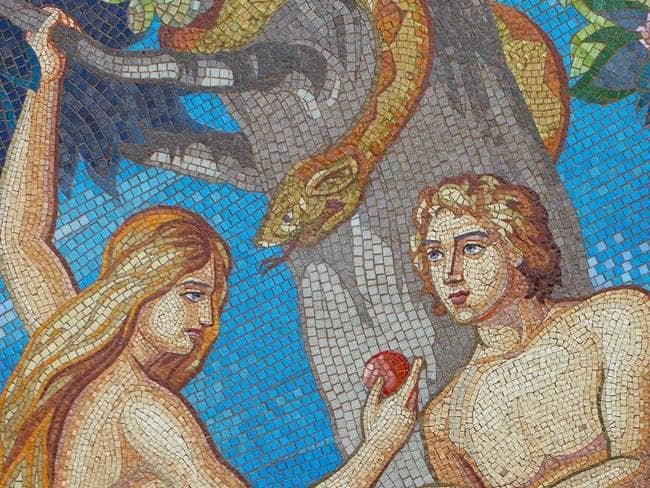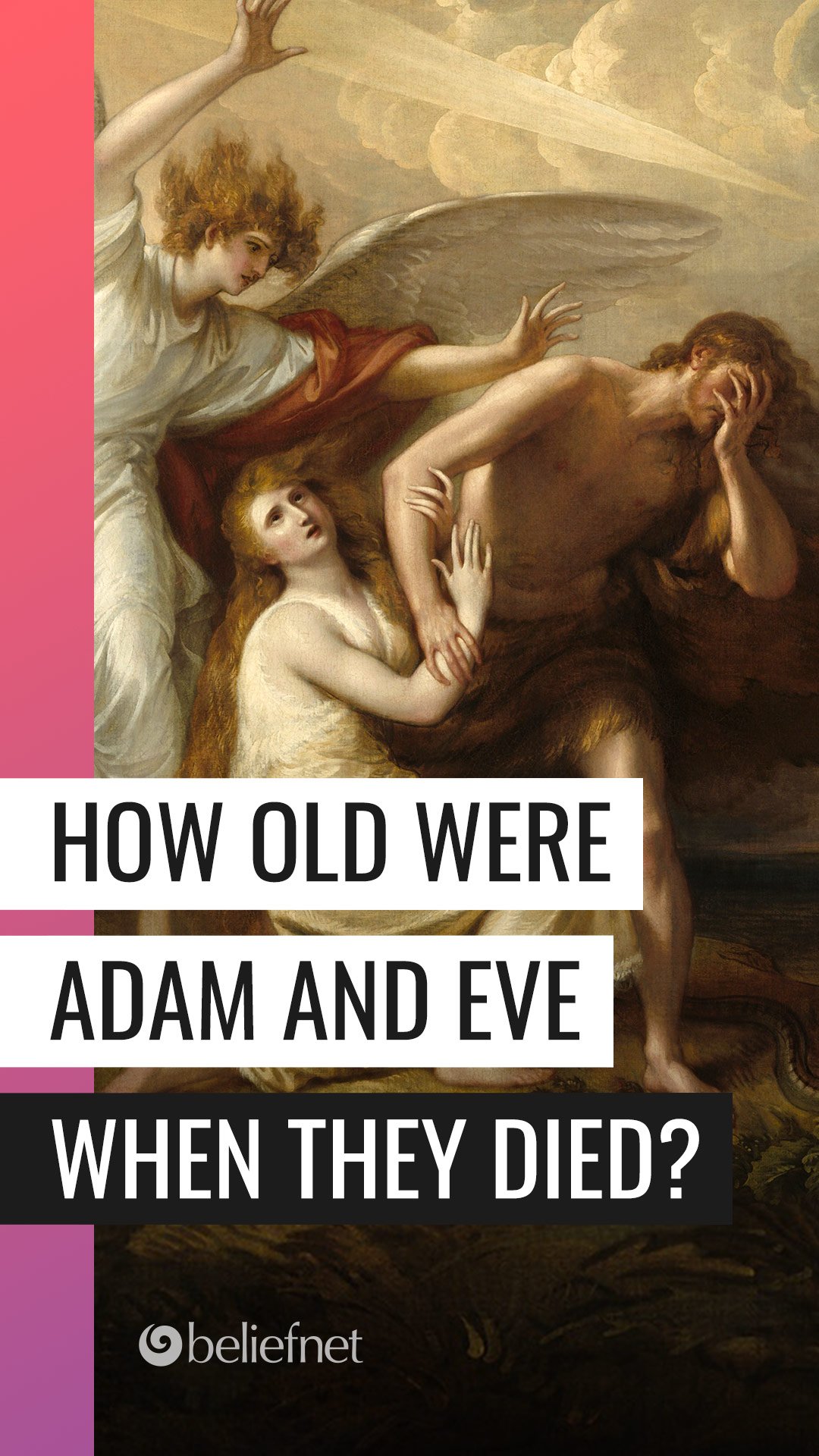
Adam and Eve, the inaugural humans crafted by God, hold a foundational place in the narrative of creation as depicted in the first two chapters of Genesis. They were the progenitors of all humanity, with Adam being formed from the dust and animated by God’s breath (Genesis 2:7), and Eve crafted from Adam’s rib (Genesis 2:22). Created in the divine image, their lifespans raise intriguing questions, notably their age at death.
In the idyllic Garden of Eden, as described in Genesis 2:8, Adam was placed by God to tend to this divine garden. Realizing the solitude of man, God created Eve as a companion (Genesis 2:18), marking the beginning of their life in paradise. However, their time in Eden was brief. They conceived their first child only after being exiled from Eden, indicating they had not procreated while in the Garden. This suggests that the infamous sin involving the forbidden fruit, leading to their exile, occurred relatively early in their stay in Eden.
The transgression by Adam and Eve marked a pivotal moment where they chose autonomy over divine obedience, a decision that had lasting ramifications for all of creation. Post-sin, they recognized their nakedness and covered themselves with fig leaves, though God later provided garments of skin, symbolizing the necessity of sacrifice for atonement (Genesis 3:21). This act prefigured the redemptive sacrifice of Jesus Christ, who was prophesied in Genesis 3:15 as the one to vanquish the serpent.
Post-exile, despite their sin, God’s plan of redemption persisted. He envisioned a restored creation, including a new earth and heavens where the Tree of Life would once again be accessible to the redeemed.
Regarding their age at death, Genesis 5:5 records Adam’s age as 930 years at the time of his passing. The text, however, does not specify Eve’s age at death. The patriarchs before the Great Flood, such as Seth and Methuselah, also enjoyed similarly extended lifespans, with Methuselah reaching 969 years.
Post-flood, human lifespans saw a significant decrease. The patriarchs from Shem to Peleg lived approximately 435 years, and by Abraham’s era, lifespans had reduced further, with Moses noting an average lifespan of 70 to 80 years in Psalm 90:10.
The extended lifespans prior to the flood are attributed to the initial perfection and minimal genetic degradation of early humanity. This prolonged longevity facilitated cultural development and population growth as per divine command to populate the earth. Over generations, the cumulative effect of sin and environmental degradation gradually reduced human longevity.
Adam and Eve, despite their fall from grace, are central figures in the narrative of humanity’s origin and the profound themes of sin, redemption, and divine providence. While the Bible explicitly details Adam’s age at death, it leaves Eve’s unspecified, reflecting the patriarchal perspective of the text’s authors.



